
The increasing summer temperatures aren’t just difficult for us to manage and hard on the planet, but can prove tricky for our homes as well. There are several ways the summer heat can damage your home.
Luckily, they are mostly preventable with some regular home maintenance, especially if you know what to look for and when.
Here, expert contractors have revealed the nine ways extreme heat could damage your property, as well as the home upgrades to prepare a house for extreme weather.
Ways summer heat can damage your home
While a hot summer's day might not seem as threatening to your home as a severe storm or flooding, it can wreak havoc on its structure, making it just as essential to prepare for the damage a heatwave can cause as it is to prepare your home for a thunderstorm or prepare your home for a snowstorm.
According to a study by the EPA, average summer temperatures have increased by at least 1.6°Fahrenheit across 48 contiguous states (sharing a border). The report concludes that 'warmer average summer temperatures align with the observation that extremely hot temperatures have become more frequent.'
1. Roof damage

Brandon Foote, contractor and owner of Advanced Roofing & Construction, begins, ‘Shingles are usually the first to show it. When temperatures stay high, it speeds up how fast asphalt shingles wear down. They start curling, cracking, or shedding granules, which can lead to leaks and higher energy bills.
'The best way to stay ahead of this is with good attic ventilation and a roof inspection each year when you clean a shingle roof. If damage is already done, swapping out the bad shingles is usually the way to go.’
This soft general wash brush, from Lowe's, connects to a standard hose pipe to make cleaning shingles and removing moss and debris easier, helping you to better assess for damage in summer.
Investing in good attic insulation can also help to protect your roof’s main structure, including any wooden beams, from cracking and warping. While it might sound like it would only make your home feel hotter, installed correctly, it can also help to keep heat out on the hottest day, helping you to handle extreme heat at home, too.
2. Flexing foundations

Your home foundations are tucked away underground, so they should be safe from the sun’s heat, right? Unfortunately, extreme temperatures can dry out the soil around the foundation, shrinking and swelling in a way that causes the foundation to flex and settle. This, in turn, can cause cracks in walls and plasterwork around the home.
Luckily, it is relatively simple to fix cracks in plaster walls, however, you can prevent further extensive damage by keeping the soil around your home suitably damp, while avoiding overwatering, which could lead to leaks or mold. Some drip irrigation systems, available from Lowe's, can make this easier and prevent the need for physical labor in dangerously high temperatures.
3. Bubbling paint
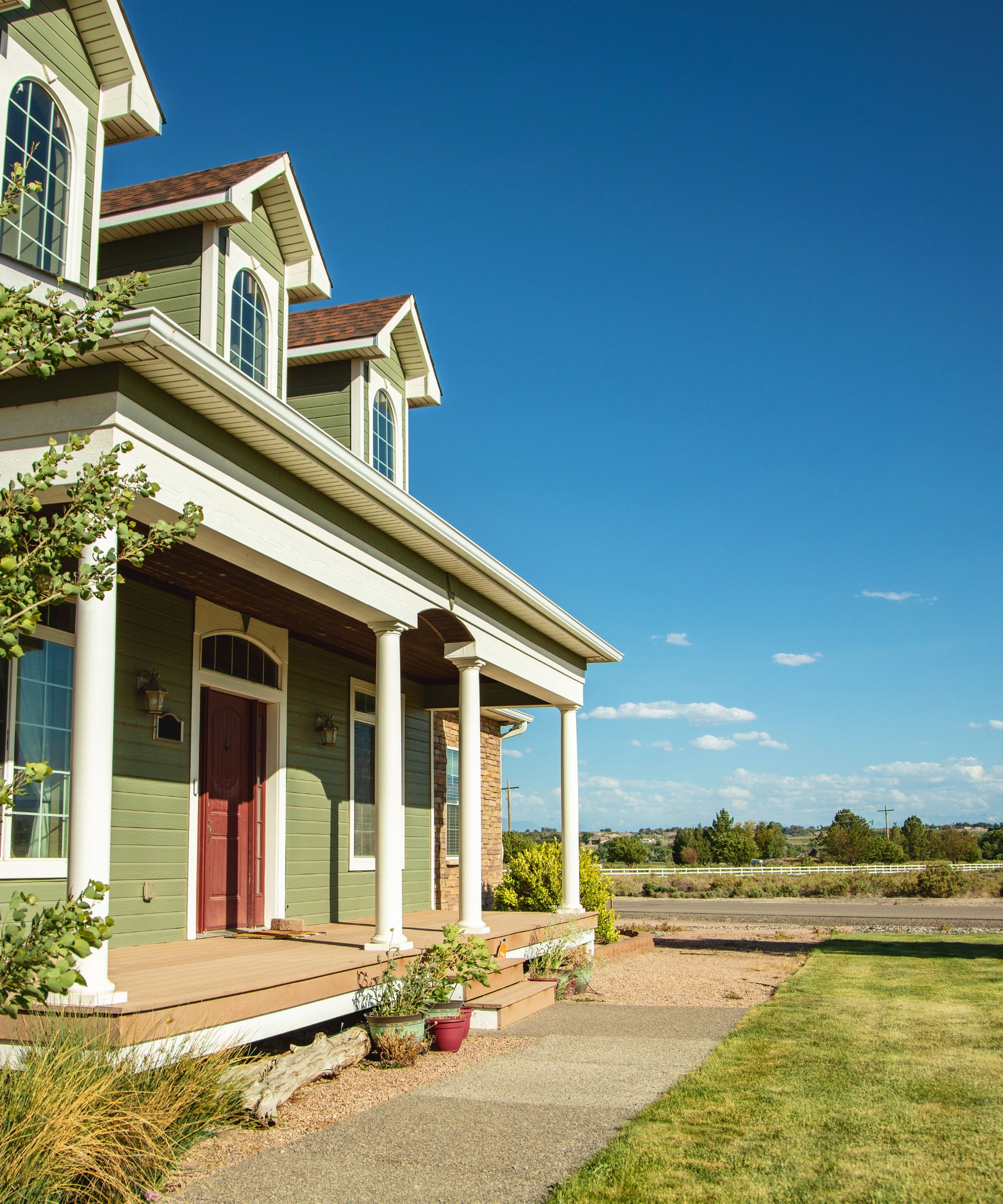
Wondering why your wall paint is bubbling? The heat could be to blame.
Kelly Mardis, painting contractor and owner of Marcel Painting, explains. ‘When paint is exposed to high temperatures, any moisture underneath the paint will try to escape. When this happens, blistering or small bubbles will occur.
'If your home wasn’t painted correctly, this can happen quite easily. You will notice small bubbles and areas where the paint is peeling in circles. If you notice this, you need to speak with a professional to get it fixed.
‘Similarly, paint can crack due to surfaces expanding. As the temperatures drop during the nighttime and the sun comes up in the morning, surface materials expand and contract. Over the years of this process, it creates stress on your home, which can lead to cracks in the paint on the outside of your house.
'There isn’t really anything you can do to fix this issue. You can’t fight nature. What you can do is repaint and refinish your doors and other areas about every five years.’
Following some smart tips to prolong the life of your paint job, such as picking the right paint for the job when fixing peeling paint can help delay a repeat process in the future.
4. 'Cooked' seals
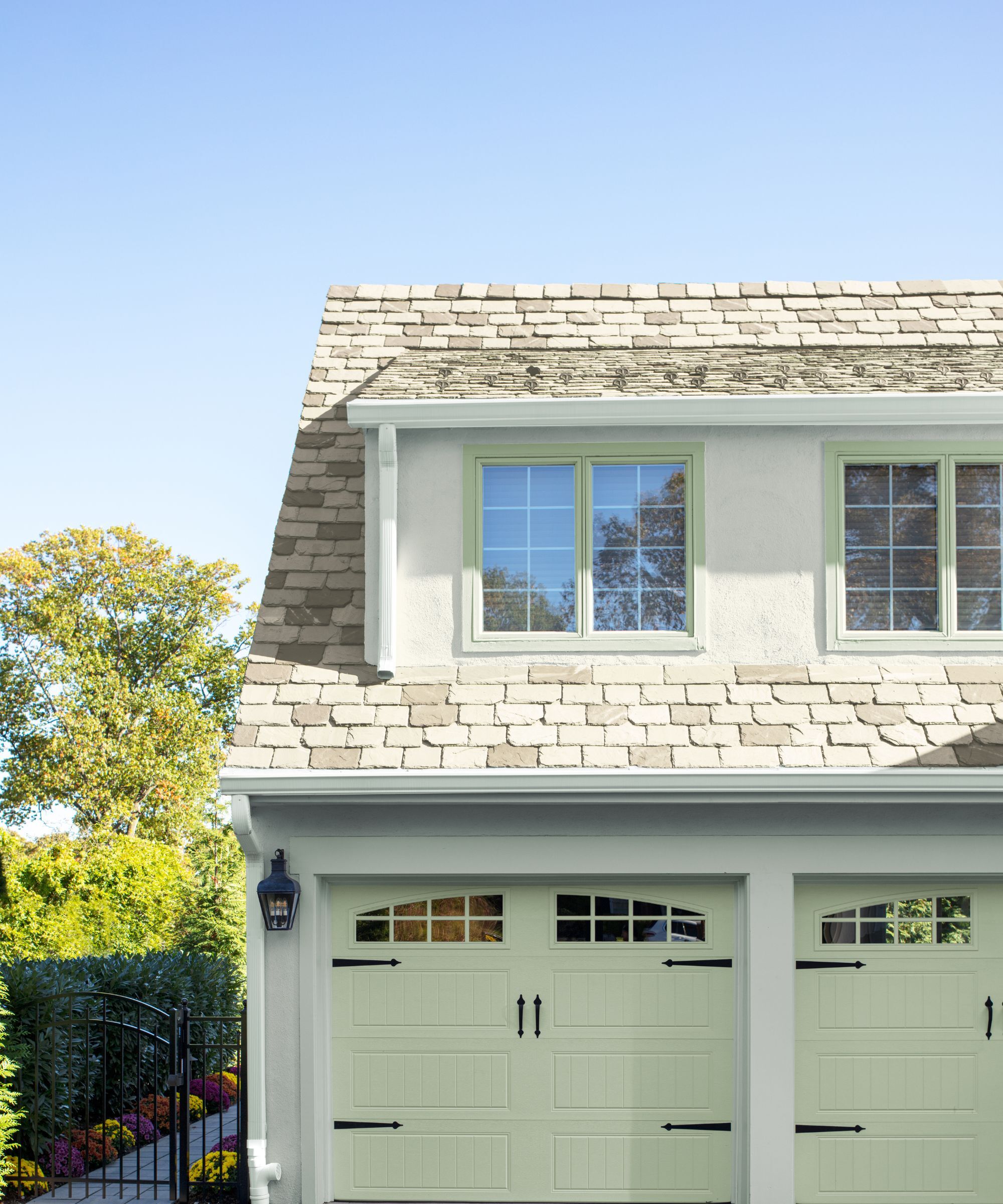
We usually only look at the seals on our homes in winter, when we are trying to seal window gaps to stop cold air leaks. However, they should be added to a running list of user home maintenance tasks, too.
Randy Oliver, president of Hollywood-Crawford Door Co. warns, ‘Rubber weather seals and bottom gaskets can get cooked by the heat. They dry out, crack, and stop doing their job. This means bugs, dust, and hot air can get in easily. To prevent these problems, inspect those seals every few months. Especially heading into summer.’ The Stanley All Weather Pro Weatherseal, from Walmart, is perfect for the task, offering flexibility to shrink and expand with your home in high temperatures, while resisting moisture in winter.
It isn't just the seals around doors and windows you need to check, either. Randy continues, ‘One of the big things we notice is how high heat can warp or crack garage doors, especially wooden ones. That intense sun exposure bakes the surface, and if the door isn't properly sealed or painted, moisture can sneak in. For prevention, use UV-resistant paint or stain and apply it generously. And remember, the better the quality, the longer it’ll stand up to the sun.
‘If you already have minor damage, sanding, resealing, or replacing trim can help. For severe warping or cracked panels, it’s often more cost-effective to replace the affected sections.’
5. Cracking driveways

You might have some practice in winterizing a driveway, but you need to prepare it for summer, too, especially as temperatures climb.
Joe Raboine, VP of design at Belgard, explains, ‘Asphalt is a common material for many driveways and walkways. But in areas with intense heat, asphalt can become soft and crack, leading to needed repairs. Opting for a paver driveway or walkway can be a better option, as certain paver varieties, like porcelain, do not get as hot.’
If your asphalt driveway does crack, Lowe's offers a quick cold patch repair asphalt repair kit to rapidly patch cracks.
6. Warped wood
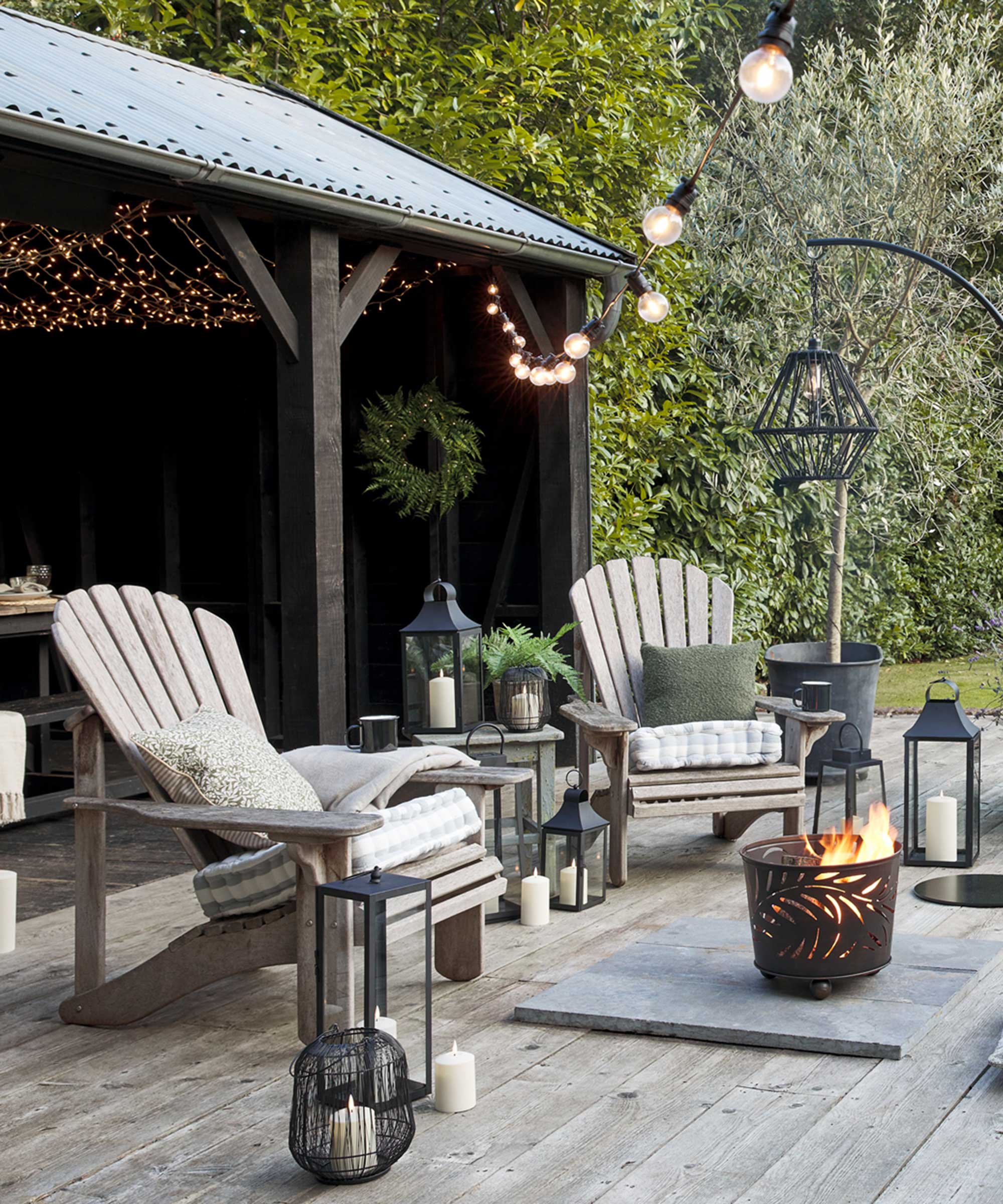
Even if you have spent time picking the best wood for a deck or sealing and protecting wooden balustrades and finishes, they are particularly susceptible to damage in hot summers.
Jim Marino, home improvement expert and CEO at Pinnacle Home Improvements, says, ‘If you have a wooden deck or any wood trim or window frames, cracking and warping can easily occur from these hot temperatures. With any wooden features on your home, applying a weather-resistant sealant once a year can go a long way to safeguard them. However, if you see any visible damage, you’ll need to replace any cracked or warped boards, then reseal the area to prevent future problems.’
The BEHR Premium transparent waterproofing exterior wood finish from The Home Depot offers all-weather protection to keep your decks, fencing, and siding safe.
Heated wood isn’t just an aesthetic risk, Joe Raboine warns, ‘Wooden decks are prone to the same damage as a wooden fence, but with added risk from heat absorption. Wood decks can get extremely hot under high temperatures, putting you at risk of burns on the soles of your feet. This is also not ideal if you have pets or children who enjoy outdoor time on the deck.
'A simple solution can be investing in an outdoor rug, but make sure the material doesn’t hold heat. Composite decking is a great alternative that requires less upkeep, and materials are available that provide up to 35% heat reduction, keeping deck surfaces cooler.’
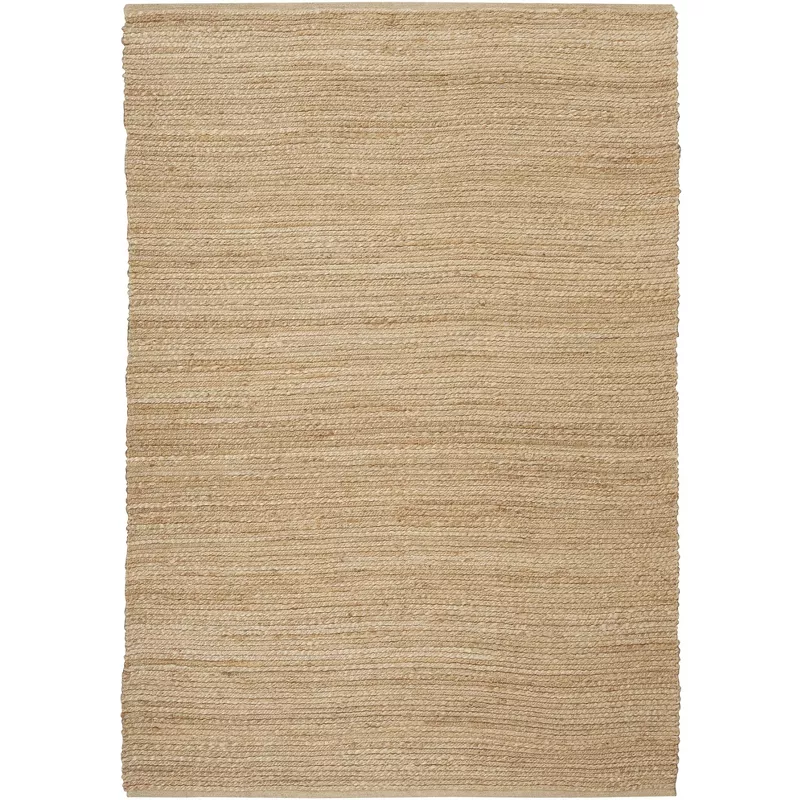
Jute rugs do not hold heat like plastic rugs, and are incredibly durable for heavy foot traffic. These rugs will not hold up to moisture, however, so should be put away in protected storage when it rains, and over winter.
7. Plumbing leaks
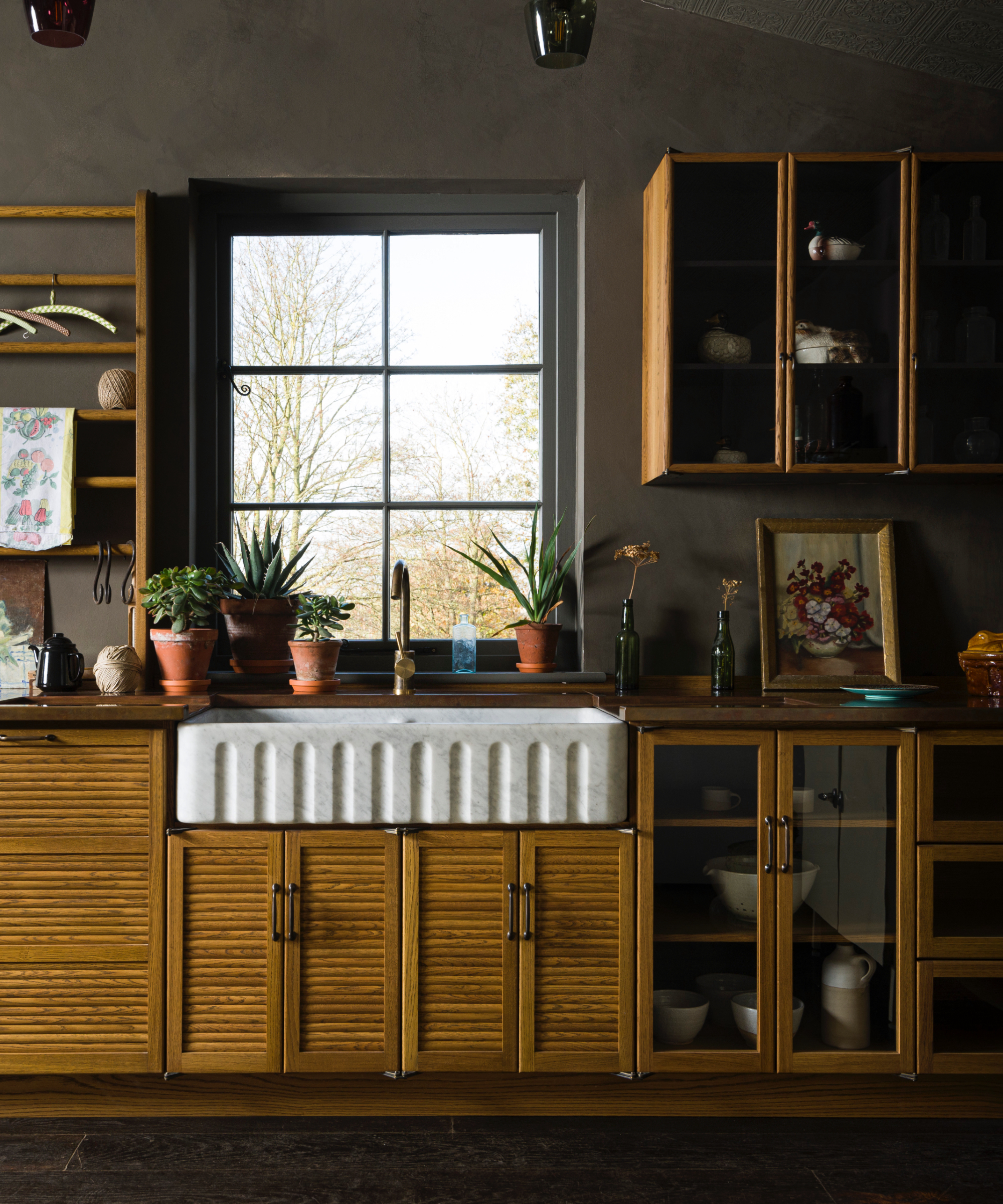
Of all the plumbing disasters to avoid, a summer leak is one of them. Pipes can be moved around as housing materials shrink and warp under high temperatures, leading to disconnections and cracks in pipes.
Just as you would winterize home plumbing indoors, it is useful to have a plumber check that your pipework is properly sealed every few years to prevent water damage.
It is still helpful to know what to do if a pipe bursts, however, just in case.
8. Electrical fires
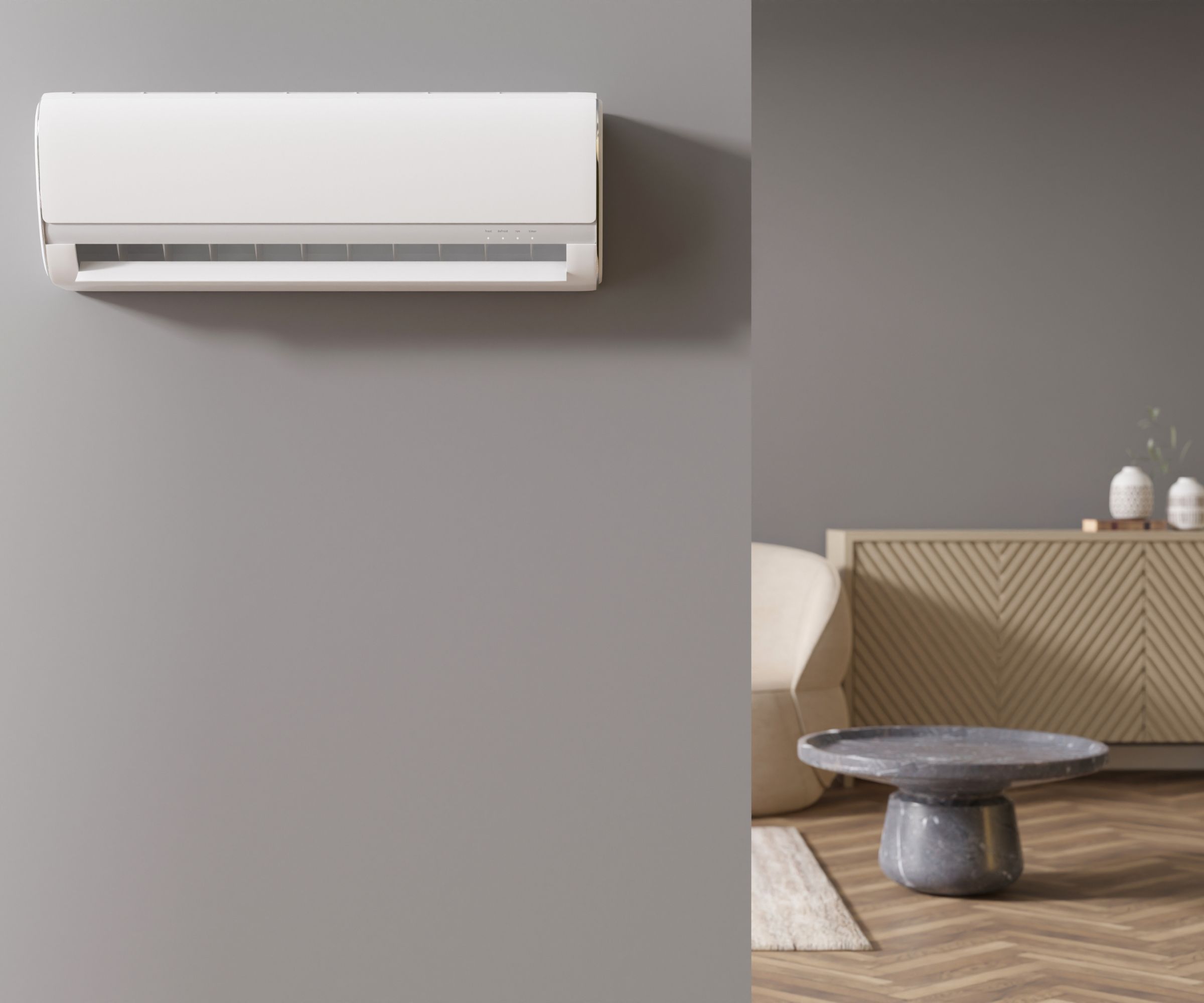
High temperatures and high humidity come together in summer to wreak havoc on electrical systems, especially those under pressure from AC units. The result is a common fire risk.
Bar Zakheim, contractor and CEO of Better Place Design & Build, explains, ‘High temperatures put more strain on your home appliances. Your air conditioner or heat pump will work a lot harder, run less efficiently, and potentially wear out faster.’
Reducing the strain on your home’s electrical system is key when you can, especially on extremely hot days. If your home loses power or you notice moisture around outlets from high humidity, it is definitely a sign to call the pros in to inspect your circuits.
For days when it is a little cooler, using the best fans, such as Homes & Garden's top-rated Shark Flexbreeze fan, from Best Buy, instead of your AC can help to lower energy bills and reduce stress on your home's electrical system.
9. Cracked pools
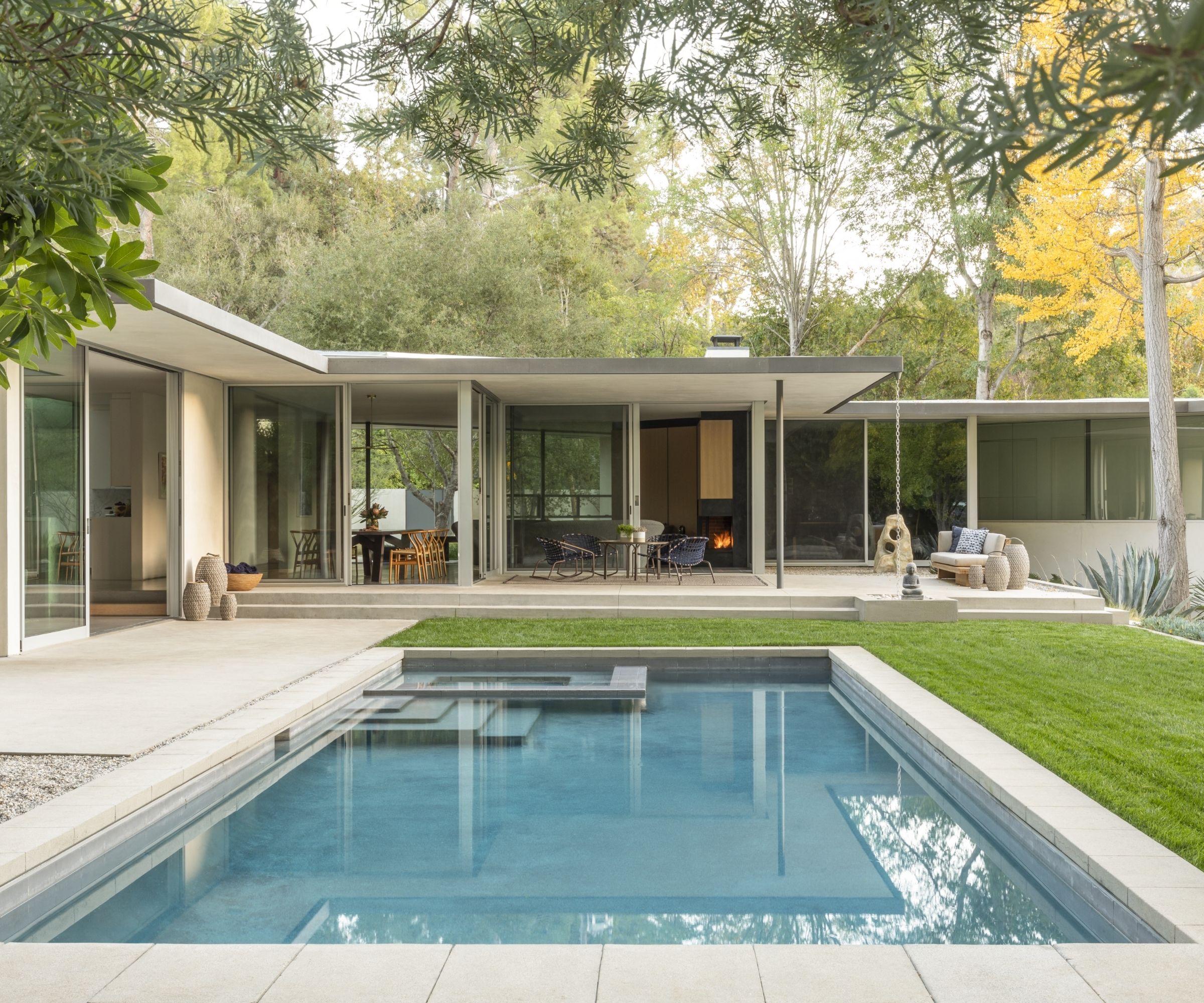
Cooling a pool in summer is vital – and not just for your own comfort. Jeremy Yamaguchi, CEO at Cabana, warns, ‘If you have an inground pool, summer heat can lead to the water evaporating more quickly, which can cause damage in a few different ways.
'One is that it can lead to chemical imbalances in the pool. When that happens, pool equipment can suffer some damage, and there can be an increase in algae growth and scaling. Additionally, if the evaporation leads to a significant amount of water loss, that can potentially lead to cracks in the pool.
'Essentially, inground pools need to be filled to a certain amount to combat the external pressure from the ground surrounding them, so when they are too empty, they can crack and suffer irreversible damage.’
Covering the pool with a UV pool cover, from The Home Depot, whenever it is not in use, is a great way to prevent this, especially at peak sunshine hours, around midday.
Meet the experts
Of course, it is also vital to keep the interior of your home cool to keep yourself safe and healthy during high temperatures.
Knowing the fastest ways to cool a house – including some unusual methods for staying cool at home – can keep you comfortable, even when the mercury hits new highs.







